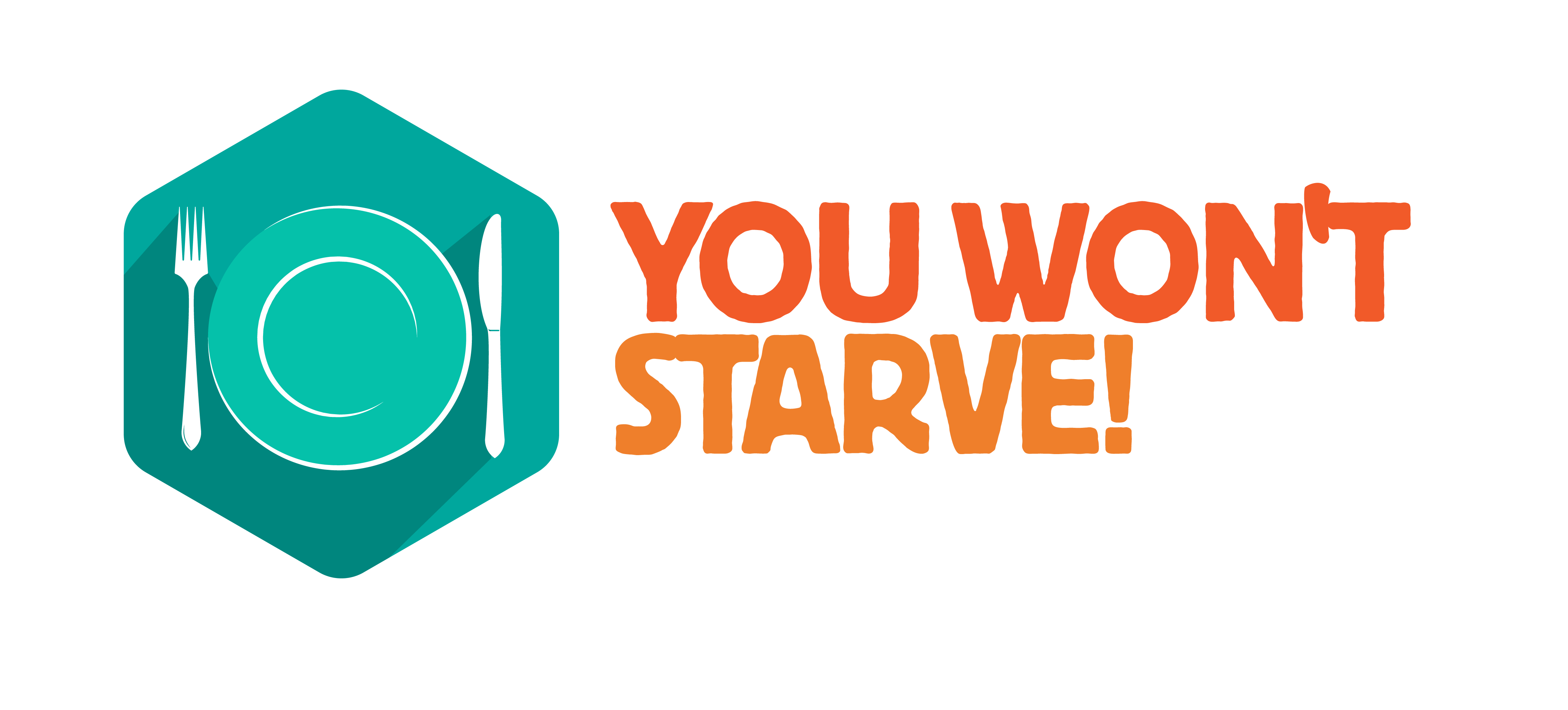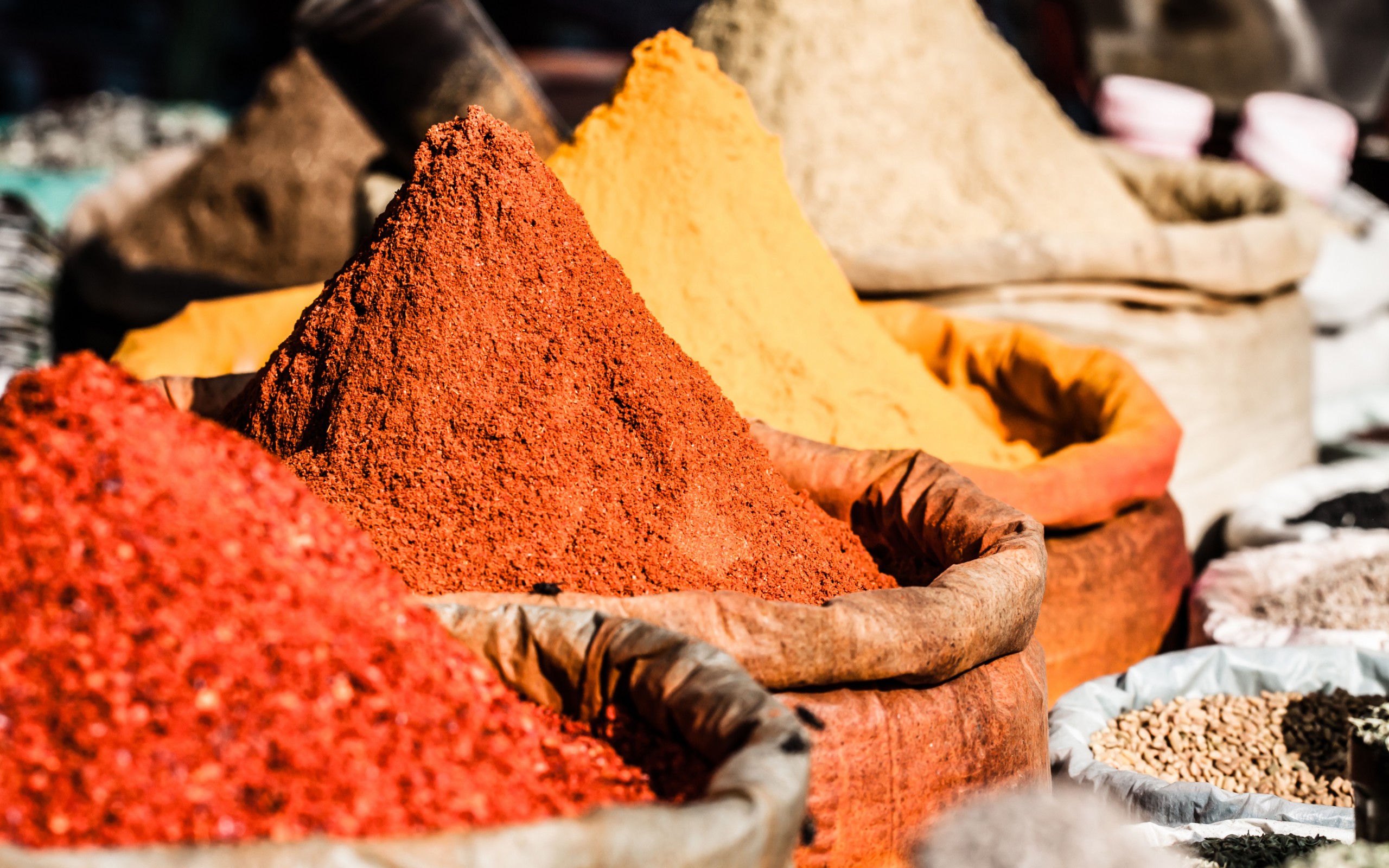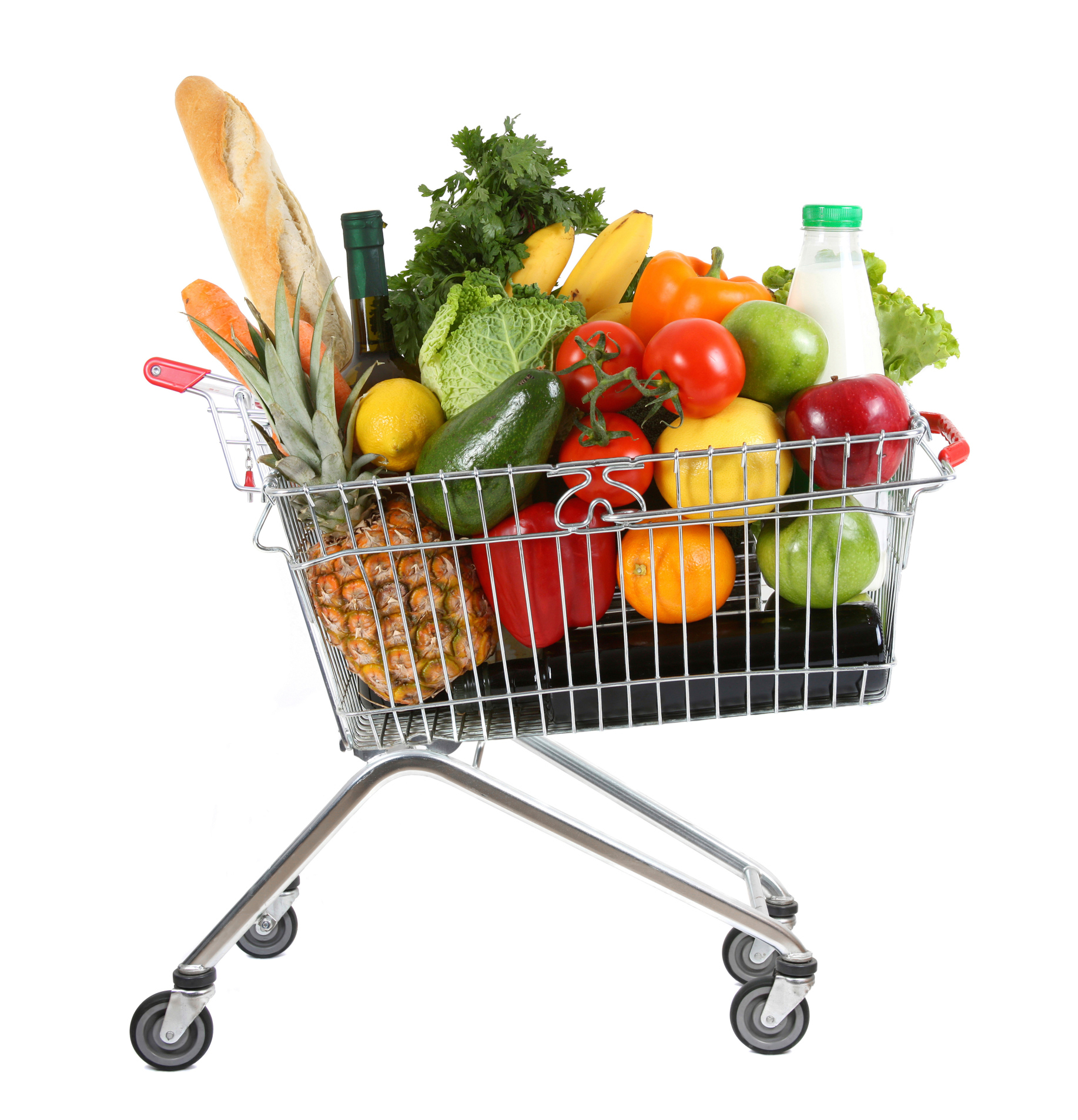Some of you can still eat beans, lentils or chickpeas from a can.
Canning or soaking in water draws out the water-soluble FODMAPS from foods. Canned legumes have water-soluble FODMAPS in them that are then transferred to the water, so try canned, cooked legumes (making sure to rinse beans, lentils and chickpeas well before eating them).
Lentils from a can are considered low-FODMAP and can be eaten.
Cooking beans, lentils and chickpeas for a long time can break down FODMAPS.
Cooking is less reliable than extensive soaking, and relies heavily on cooking methods, other ingredients and temperatures used. Experiment.
How to use onion and garlic in cooking without actually eating them
Onion and garlic are staples of a plethora of cooking styles, and it is hard to find a culture that doesn’t use them in a lot of dishes. If you want the taste of garlic and/or onion, try flavouring oils in a pan with them, and then removing them, because FODMAPS are not oil-soluble. Sautéing a whole peeled garlic bulb for a couple of minutes can develop flavours. Remove garlic before proceeding with cooking.
Serving size matters
Some sensitive people will suffer symptoms even from low-FODMAPS foods, so follow recommended serving sizes.
Dried fruit is worse than fresh fruit
Dried fruit contains concentrated sugars (saccharides) and contains some fructans that aren’t even present in fresh fruit.
The sourdough fermentation process reduces FODMAPS in spelt and oat breads
The yeasts cultured during sourdough fermentation feed on fructans, reducing their number. Only use low-FODMAPS flours, and avoid wheat and rye.




